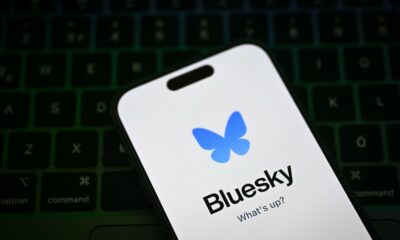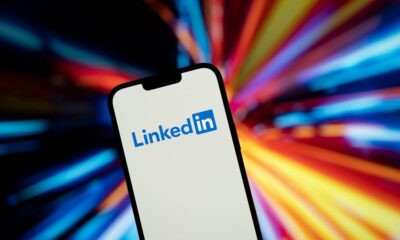NEWS
Trump returns to Twitter with what sounds like a concession speech

It’s been a long couple of days for the country, but President Trump only had to wait 12 hours before returning to his social network of choice.
In an uncharacteristically scripted three minute speech, the president denounced the “heinous attack” on the Capitol. “The demonstrators who infiltrated the Capitol have defiled the seat of American democracy,” Trump said, warning the individuals involved that they will “pay.”
The previous day, Trumped directed a crowd of his supporters who had gathered for a “Stop the Steal” rally near the White House to march toward Congress. That event turned into a violent riot that disrupted lawmakers’ efforts to certify election results, wrought havoc within the building and left at least four people dead. As the chaos unfolded, Trump encouraged the rioters in a video posted to Twitter, telling them they were “special” and “we love you.”
After yesterday’s video, Twitter locked Trump’s account and required him to delete a handful of tweets before having his access restored. Facebook later froze the president’s account for the remainder of his time in office. Trump is now on very thin ice with Twitter — the company said it may suspend his account permanently if he breaks the rules again.
In the new video, Trump seemed to be aware that he’d gone too far. After exploring “every legal avenue” to stay in power, he backed away from a months-long crusade to override the will of American voters. Of course it’s completely possible and even likely that he’ll reverse course, sow more election misinformation and resume his dangerous quest to undermine President-elect Joe Biden’s victory.
President Trump has had quite a few of these walk-back moments during his time in office, usually after crossing a line that makes even members of his own party uncomfortable. Yesterday certainly fit the bill, and even resulted in rare consequences from the social networks he relies on to communicate.
Trump also appeared to concede his loss for the first time, claiming that he will willingly leave office on January 20. “My focus now turns to ensuring a smooth, orderly and seamless transition of power,” Trump said.












